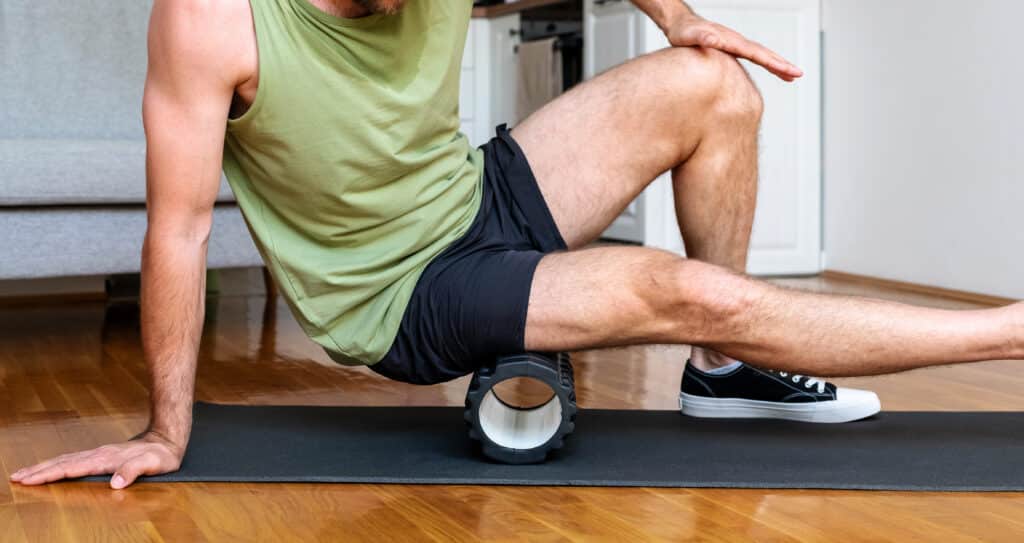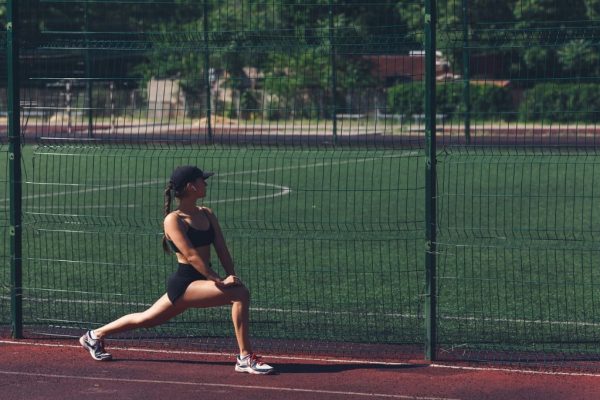
Glute strains, also known as buttock strains, are common injuries that can affect people of all ages and activity levels. They can happen from overuse, improper technique or sudden movements that put too much stress on the gluteal muscles. Often, glute strain can heal on its own with rest and proper self-care, but it’s essential to know when it’s serious enough to seek treatment from a physiotherapist or chiropractor in Kitchener at CARESPACE. In this blog post, we’ll discuss the severity of glute strains and when they require professional attention.
Mild Glute Strain:
A mild glute strain involves minor tears in the gluteal muscles or tendons, causing slight discomfort and tightness. It doesn’t affect the person’s mobility, and they can continue with their regular activities with some modification. Mild strains can usually heal on their own with ice, rest, compression, and stretching. However, if the pain persists for more than a week or gets worse, it’s a sign of a more severe glute strain that requires medical attention.
Moderate Glute Strain:
A moderate glute strain involves partial tears in the gluteal muscles, causing more intense pain, swelling, and muscle weakness. It may also affect the person’s mobility and ability to perform specific movements, such as squatting or jumping. In such cases, it’s crucial to consult a physiotherapist or chiropractor for a proper diagnosis and treatment plan. They may recommend exercises, massage therapy, medication or other modalities to reduce inflammation, prevent further damage and restore muscle function.
Severe Glute Strain:
Severe glute strains involve complete muscle tears or detachment from the bone, causing excruciating pain, bruising, and impaired mobility. This is a severe injury that requires immediate medical attention and may even need surgery in some cases. It’s imperative not to ignore severe glute strains as they can lead to long-term complications such as chronic pain, muscle atrophy, and decreased range of motion.
Prevention and Treatment:
To prevent glute strains, it’s essential to warm-up before exercising, stretch after workouts, wear proper shoes and equipment, and avoid sudden or excessive movements. If you experience glute strain symptoms, such as pain, stiffness, or weakness, ice the area, rest, and avoid activities that exacerbate the pain. It’s also essential to seek professional help if the symptoms persist or worsen, as early treatment can help speed up recovery and prevent future injuries.
In conclusion, glute strains can range from mild to severe, and it’s essential to identify the severity level to seek the appropriate treatment. While mild strains can heal on their own with proper self-care, moderate to severe strains require medical attention from a physiotherapist or chiropractor. By being aware of the symptoms, taking preventive measures, and seeking early treatment, one can recover faster and avoid long-term complications from glute strain injuries. Remember, when in doubt, always consult a healthcare professional.




